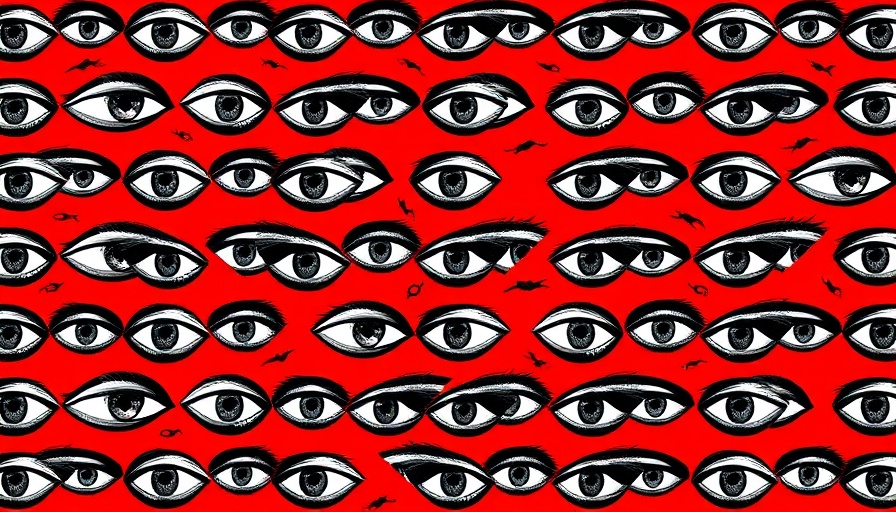
A Deep Dive into Rural Racism
Rural Texas may present a friendly facade, but for many, especially those of color, it masks a different reality. Experiences shared by individuals from predominantly white communities reveal that beneath the warmth lies a persistent, often subtle form of racism. This duality complicates the narrative of life in these areas. In Smallstown, for instance, residents often extend smiles and greetings, yet for Black residents, every greeting can come loaded with the weight of suspicion rather than true camaraderie.
A Childhood Defined by Difference
Reflecting on childhood moments can both illuminate and haunt. The story of a young Black girl experiencing a lack of acknowledgment from her teacher due to her hair texture encapsulates a broader issue of invisibility and difference. The profound impact of subtle discrimination becomes clear when even the smallest interactions—like hair care on picture day—are marred by a sense of alienation. It underscores how deeply ingrained prejudices surface in everyday scenarios, often without overt hostility.
Confronting Blatant and Subtle Racism
Experiences of blatant racism, such as being called the n-word in middle school, serve as painful reminders that racial slurs are not relics of the past but continue to persist. The apology that followed a school intervention highlights a fledgling awareness in some educational systems while pointing to the need for ongoing dialogue about race and respect. Yet, subtler micro-aggressions, like assumptions about behavior based solely on skin color, operate under the radar, complicating social interactions.
Emotional Resilience
Rising above these challenges, there's a unique resilience cultivated from navigating dual worlds; one where positivity and prejudice coexist. The pursuit of excellence amid these struggles illustrates the resolve instilled by familial support. It's essential to recognize how children learn to manage their identities in spaces that often refuse to embrace them wholly.
Music as a Unifying Escape
In high school, discovering a love for rock music serves as both a sanctuary and a source of isolation. Being the only Black girl supporting a genre typically associated with a different demographic highlights the complexities of identity formation. Through music, individuals carve out spaces of belonging, where talent and passion eclipse societal expectations.
A Path Forward
As one transitions from the confines of Smallstown to the broader world, like attending Sam Houston State University, the landscape of opportunities may shift. Yet, the lessons learned endure—awareness of bias, the importance of representation, and the critical need for empathy in all interactions.
Conclusion: A Call for Broader Understanding
Ultimately, experiences in towns like Smallstown speak to a larger narrative of racial dynamics that permeate rural America. Addressing these issues requires communal effort and personal introspection, fostering environments where every child, regardless of their racial background, feels seen, celebrated, and appreciated. To create a more accepting society, awareness must translate to action, leading to shared understanding and continuous dialogue.
 Add Row
Add Row  Add
Add 




Write A Comment